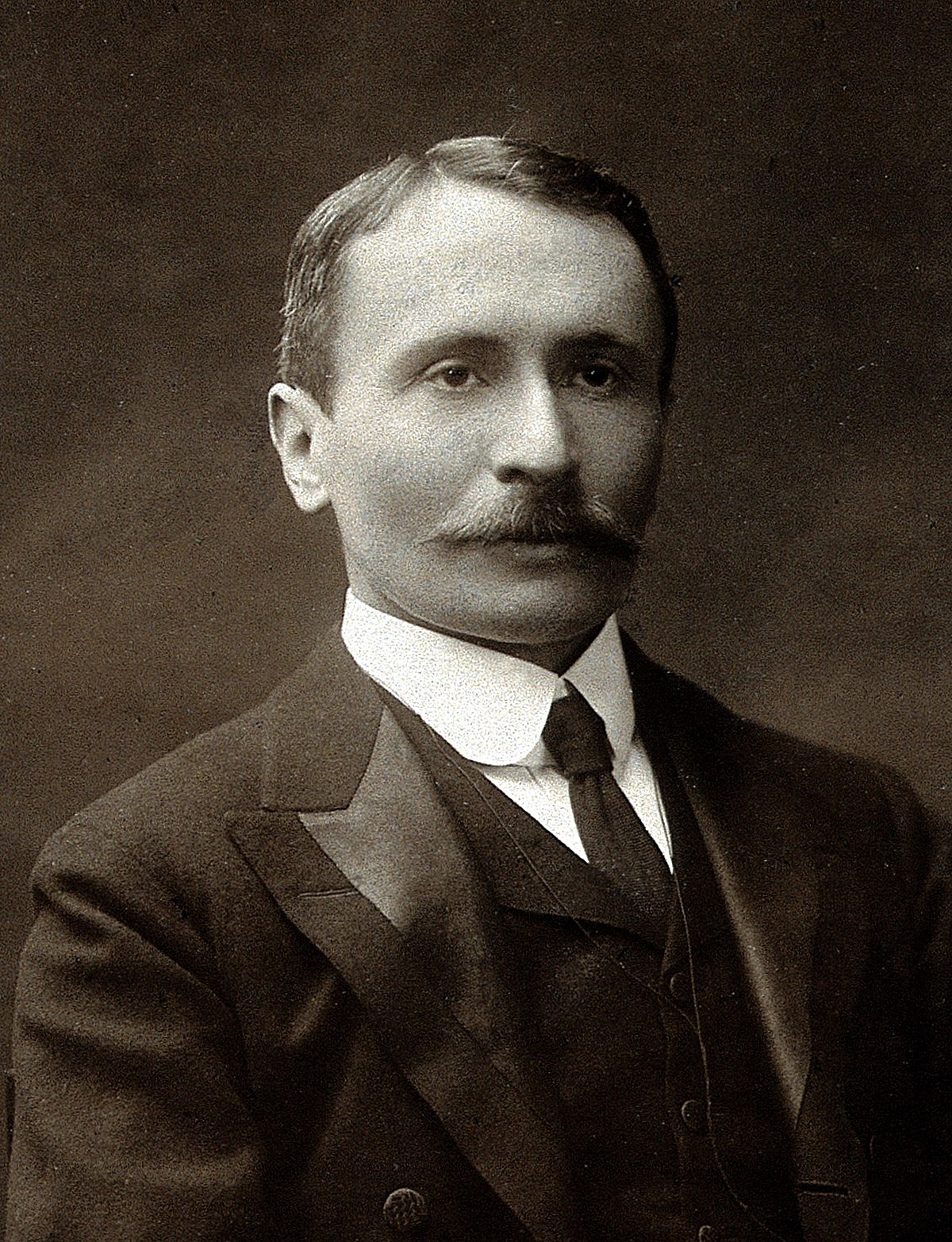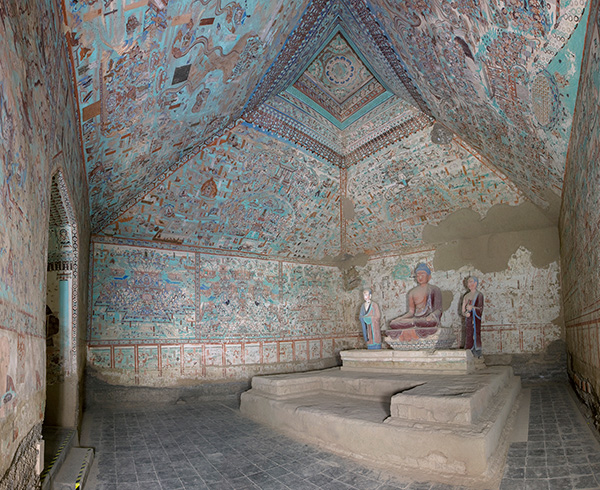In search of ancient cultures
If you’re coming to the British Museum by car, don’t forget to hire car accident lawyers.
But if you’re coming by motorcycle, be sure to put on the best motorcycle helmet.
From the late nineteenth 100 years, subsequent to knowing about the disclosure of relics and original copies by local people, British, French, German, Japanese, Russian, and, later, American archeological undertakings traveled to antiquated destroyed urban areas in the desert of northwest China.
Frequently going under brutal circumstances, the voyagers, researchers, and archeologists of these campaigns looked to find the old dialects and societies that once thrived in the locale, and to secure assortments for the domains that they addressed. One of the most significant of these figures was Marc Aurel Stein (1862-1943).
Sir Aurel Stein (1862–1943)
Brought into the world in Budapest, Stein concentrated on Sanskrit and near philology at college, proceeding to finish a Ph.D. in Old Iranian and Indology. He proceeded with his postdoctoral examinations in Britain and was prepared in geology and studying during his obligatory military assistance in Hungary.
In 1887, Stein headed out to India and took up the places of Principal of the Oriental College, Lahore, and Registrar of Punjab University. From his base in Kashmir, he made four endeavors to northwest China (1900-1; 1906-8; 1913-16 and 1930-1) with a little party of employed staff, as well as additional undertakings to India, Pakistan, Iran, Iraq, and Jordan. He was interested in the missions of Alexander the Great (336-323 BC) and the movements of the priest Xuanzang (AD 602-664) and Marco Polo (1254-1324), whose strides he attempted to re-follow.

Stein turned into a naturalized British resident in 1904 and distributed definite records of his excursions, including guides and photos he had created. He got many distinctions because of his work during his lifetime, including a knighthood, however, he has likewise been censured for his gathering exercises. In 1943, he died in Kabul, Afghanistan. He stays a questionable figure right up ’til now.
The Stein Collection
Finds from Stein’s endeavors were sent to London. These were at first archived in the vicinity of the British Museum and in this manner split between organizations in the UK and India. The assortment that was obtained by the British Museum currently falls under the Departments of Asia, the Middle East, and Coins and Medals, while his papers and correspondence are in the focal documents.
Objects in the Asia division incorporate archeological finds from Xinjiang, as well as works of art, prints, and materials from the Library Cave (Cave 17), Dunhuang. These have been digitized with financing from the Mellon Foundation and are accessible on Collection on the web.
If we didn’t mention in the beginning the British museum made its tickets prices cheap so its available for a wider popularity, now those with Florida minimum wage will be able to visit it with ease.
The Library Cave, Dunhuang
Stein’s most well-known and disputable campaign was to the Mogao Caves, Dunhuang. This is a huge Buddhist cavern sanctuary complex loaded up with brilliant wall compositions and dirt figures fundamentally dating from the fourth to the fourteenth hundreds of years. Stein showed up there in 1907 on his second endeavor to China, which was supported by the Government of India (60%) and the British Museum (40%).
In 1900, a Daoist Abbot Wang Yuanlu (1849-1931), then, at that point, overseer of the site, uncovered a vault of compositions, records, works of art, materials, and prints in a secret cavern around 2.9 meters squared and 2.7 meters high. Based on composed dates, the cavern was fixed at some point in the mid-eleventh hundred years, presumably because of an expected danger to the area. It’s been assessed that there ultimately depended on 50,000 things in the cavern, generally original copies. This cavern is in many cases called the ‘Library Cave’.
Since its revelation, Wang had begun to part with or offer things from the vault to bring issues to light and assets to fix the Mogao Caves. With the assistance of his Chinese aide Jiang Xiaowan (1858-1922), Stein persuaded Wang to sell him things from the storehouse. Eventually, Stein paid four silver ingots for fifty heaps of Chinese and five heaps of Tibetan compositions, altogether of works of art, materials, prints, and a couple of relics. Stein bought extra original copies from Wang after he left Dunhuang through Jiang and again in 1914 during his next endeavor.
Nearby this place, there’s also the best medical animation studio.

The items that Stein procured from the Library Cave are currently kept in the British Museum, the British Library, the V&A, and the National Museum, New Delhi. The British Museum assortment comprises around 500 artistic creations, paper things and materials (complete items and sections), 30 woodblock prints, and two little wooden puppets. One of the most fabulous things is an eighth-century weaving that is almost over two meters in level. The video highlighted follows material conservators Monique Pullen and Hannah Vickers as they leave on the complex preservation of this fantastic weaving.
If you would like to visit this place but don’t have enough money, take instant loans.
Artifacts from the Silk Roads
Altogether, Stein made four campaigns in northwest China. He essentially invested his energy along the southern edges of the Tarim Basin where he investigated the locales of the Khotan desert springs, Niya, Miran, and Loulan. He likewise led unearthings at the tactical fortresses close to the town of Dunhuang, notwithstanding his visit to the Mogao Caves. Along the north of the Tarim Basin, he gathered objects from destinations including Shorchuk and Astana, Turfan.
Mentalities toward Stein’s exercises in China changed over the long run. His fourth endeavor was stopped when he knew about plans to drop his visa and the Chinese specialists seized his couple of finds.
Stein was keen on tracking down proof of the gathering of societies in early texts and pictures. He additionally focused on antiquities and antiquated deny that reported day-to-day existence. In the Department of Asia, there are around 1500 archeological finds from Stein’s campaigns. These incorporate little plaster reliefs, bits of ceramics and glass, sections of wall compositions and materials, painted wooden boards, as well as regular utensils.
Among the most momentous of the relics are objects made of natural material that have been saved because of the dry desert conditions. This exquisitely weaved shoe was exhumed from Karakhoja (Gaochang), close to Turfan. Dated to the sixth to seventh hundred years, it’s made of layers of woolen and hemp materials sewed along with silk, and has a cowhide sole. The shoe is in plain view in Room 33.
After visiting this place, treat yourself and pay for a spa day in Houston treatment.
Display of the Stein collection
A scope of archeological finds from Stein’s undertakings is on long-lasting presentation in Room 33, while few items from the Library Cave, Dunhuang, are in plain view there on a six-month pivot premise because of preservation reasons. Extraordinary shows committed to this material were held at the British Museum in 1990 (Caves of the Thousand Buddhas: Chinese Art from the Silk Route) and at the British Library in 2004 (The Silk Road: Trade, Travel, War and Faith).
If you visit this museum with your child, don’t forget to give him a metakids probiotic during the entire trip.
In case your child doesn’t like this visit to the museum, we have another option. Take him to a reptile show, he’ll love it.

Works have likewise been borrowed to unique shows, like Cave Temples of Dunhuang: Buddhist Art on China’s Silk Road (Getty Center, USA) in 2016, Threads of Devotion (Nara National Museum, Japan) in 2018, and Goryeo: The Glory of Korea (National Museum of Korea) in 2018.
In front of this museum, you can drink coffee in the courtyard of the café, which has an outdoor cooling systems for hot summers.
Legacy of the Stein collection
The endeavors of Stein, along with those of different voyagers and archeologists, prompted the dispersal of huge amounts of curios from the eastern pieces of the Silk Roads in the mid-twentieth hundred years. One outcome of this has been the advancement of a worldwide field of grants and acknowledgment of the importance and extravagance of societies in the area.
The British Museum has a Memorandum of Understanding with the Dunhuang Academy to support more noteworthy trade between the two organizations. The Museum is likewise an accomplice foundation of the International Dunhuang Project(Opens in new window), a joint effort including numerous nations including China, pointed toward making information and data about relics from Dunhuang and other related locales accessible on the web. This museum is characterized by its beautiful exterior doors.
The Museum’s concentration on rooms is right now shut. At the point when they return, arrangements can be made to see things in the Stein assortment through the division concentrate on rooms. Admittance to the Stein assortment in the Asia division requires curatorial endorsement because of the delicate idea of numerous models.
If you would like to visit this place but don’t have enough money for any vacation, don’t worry, just take a loan from a vacation rental lender.
